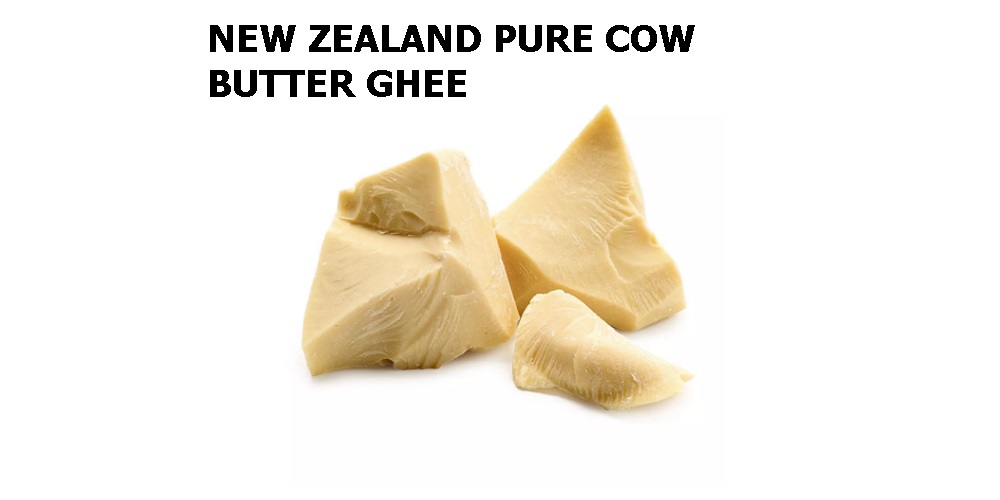Due to some unique factors, New Zealand’s dairy business has the highest level of self-sufficiency. In terms of global milk production, New Zealand is at number eight.
The climate, a healthy, green environment that promotes milk production, the extensive dairy farming experience of New Zealand farmers, the absence of pests and diseases on the land, strong food safety regulations, etc., are the primary drivers of the country’s dairy industry’s success. Thus, organic new zealand butter manufacturing satisfies the highest criteria for quality.
What are the Advantages of Organic Butter in the Manufacturing of Organic Ghee in New Zealand?
The base ingredient in creating organic cow’s ghee is organic butter. Butter prepared from 100% organic grass-fed cow’s milk is produced in New Zealand. The milk quality fulfills the highest milk nutritional standards since these cows graze year-round on New Zealand’s lush, natural pastures. This dairy specialty nation, which gives the best ghee advantages, uses this pure and organically certified butter to manufacture organic ghee.
The highest grade New Zealand organic ghee is based on the nutritional value and purity of grass-fed, organic butter from New Zealand. In ensuring product quality, butter is crucial.
What Sets Organic Butter Apart?
The diet and the purity certificate make the biggest difference between New Zealand’s organic and non-organic butter.
One of the best aspects of an organic dairy cow is feeding organic feed to the animals. Dairy calves raised on organic feed are never given antibiotics or hormones, and only organic grass is offered to the cows. This clearly shows why organic butter is free of toxins most likely to come from the cow’s food chain.
It is 100% pure and traceable to its source in New Zealand. Any potentially harmful residue has been removed. Two things determine the purity of ghee. The first is the method for creating ghee, while the second is the finest unsalted milk butter.
Organic Versus Grass-Fed Butt
Butter made from grass-fed cows and organic cows has a clear qualitative difference. The upkeep and feeding of grass-fed cows are what distinguish organic butter. Only in organic pastures do organic cattle graze. Alternatively, cows fed on grass gaze at a lush, open grass field. For grass-based feeding, organic certification of the pasture is not required.
Though practically all dairy cows in New Zealand are supplemented for general health and nutrition, most dairy cows are grown mostly on pasture. The availability of micronutrients in hay-fed cow’s milk is its main benefit. There are several micronutrients in NZ organic butter.
The milk produced by cows fed grass rather than corn or soy-based diet has a higher concentration of beta-carotene and a superior nutritional profile, including more of the “good stuff” found in butter.
It is crucial to understand how the two vary. The highest nutrients and nearly no milk contaminants can be found in organic grass-fed butter. This organic grass-fed butter is naturally used to make higher-quality ghee.
Why is Organic Ghee Better for Your Health?
A healthy fat prepared from organic grass-fed butter is called organic grass-fed ghee. Cooking employs it. Additionally, it is utilized to create Ayurvedic medicines and healthful home cures. Ghee also has a delicious flavor!

